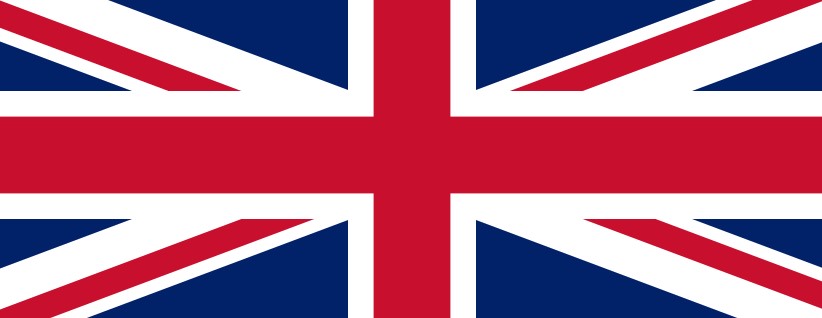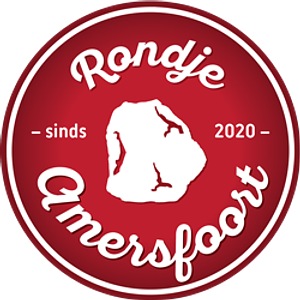Rondje Amersfoort De Koppelpoort likorette
Amersfoort kent vele toegangspoorten, waarvan de ‘Koppelpoort’, de ‘Kamperbinnenpoort’ en ‘Monnikendam’ de belangrijkste zijn. En deze zijn vandaag de dag nog steeds als monumenten te bezichtigen.
De Koppelpoort is een stadspoort van Amersfoort. De poort is gebouwd tussen 1393 en 1427 als onderdeel van de 2e stadsmuur. Het is een gecombineerde land- en waterpoort, waar het water vanuit de stad in de Eem stroomt. De naam Koppelpoort slaat op het gebied buiten de poort wat De Koppel werd en wordt genoemd. Dit gebied was een gemeenschappelijke weidegrond voor o.a. de boerderijen die na de aanleg van de tweede stadsmuur binnen de muren waren komen te liggen.
De poort werd elke dag 2 maal open en dicht gedaan door zogeheten raddraaiers, de relschoppers en ordeverstoorder van de stad. Deze raddraaiers moesten in de tredmolen lopen waardoor de schuifdeur de toegang vanaf de rivier de Eem afsloot van de toegang tot de stad en zo indringers konden weren.
Toen rond 1840 alle verdedigingswerken werden afgebroken, dreigde ook de Koppelpoort te verdwijnen. Maar de poort bleef gespaard en werd in 1886 gerestaureerd. Ruim honderd jaar later, 1996-1998, is de poort opnieuw gerestaureerd.
Ook afkomstig van de 2e stadsmuur is de waterpoort ‘Monnikendam’. De ‘Kamperbinnenpoort’ is afkomstig van de 1ste stadsmuur als eerste stadspoort van Amersfoort.
Ga hier direct naar naar de webshop
Smaakomschrijving:
- De Amersfoortse Patisserie Van Gent maakt al jaren de Koppelpoortkoekjes, de smaak van dit koekje proef je terug in deze likorette.
- Likorette is een likeur wat een maximaal alcoholgehalte van 15% mag bevatten. Hierdoor is de smaak frivoler, voller en minder zoet.
Serveertips:
- Schudden voor gebruik
- Schenkadvies à 10°C
- Besprenkel een beetje over yoghurt ijs
 Amersfoort 'The Koppelpoort' cookie likorette.
Amersfoort 'The Koppelpoort' cookie likorette.
Amersfoort has many entrance gates, of which the ‘Koppelpoort’, ‘Kamperbinnenpoort’ and ‘Monnikendam’ are the most important. They can still be seen today as monuments. The ‘Koppelpoort’ is a city gate of Amersfoort and was built between 1393-1427 as part of the second city wall. It is a combined land and water gate, where water flows from the city into the river Eem. The name ‘Koppelpoort’ refers to the area outside the gate that was and is still called De Koppel. This area was a communal pasture for, among other things, the farms that had come to lie within the walls after the construction of the second city wall.
The gate was opened and closed twice a day by so-called wheel turners, the rioters and disturber of the city. These wheel turners had to walk in the treadmill, so that the sliding door closed off the entrance from the river Eem to the entrance of the city, thus keeping out intruders.
When all defenses were demolished around 1840, the ‘Koppelpoort‘ was also in danger of disappearing, but the gate was spared and restored in 1886. More than a hundred years later, during 1996-1998, the gate was again restored.
Also coming from the second city wall is the water gate ‘Monnikendam’. The 'Kamperbinnenpoort' gate comes from the first city wall and is Amersfoort's first city gate.
The Amersfoort patisserie Van Gent has been making ‘Koppelpoort’ biscuits for years, and you can taste the biscuit flavouring in this likorette.





